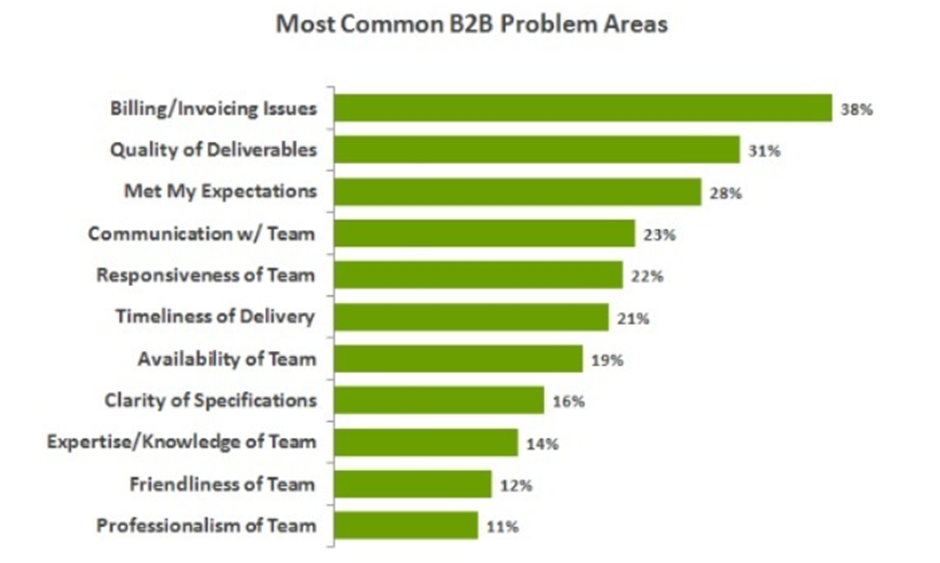Do you ever feel like customer support queries can leave you feeling overwhelmed and unsure of how to troubleshoot them? Don’t worry – we’ve all been there! In this blog post, we’ll show you the simplest and most straightforward way to handle the most common issues.
What Is Most Common Issues?
One of the most useful metrics of a company’s customer service performance is the Most Common Issues. It offers a tangible way to measure the number of tickets being received on any particular topic, helping companies identify high-volume trends and accurately allocate resources to handle customer inquiries.
From internal system problems to user-facing UI designs, Most Common Issues offers valuable insights that can greatly enhance performance by giving teams an organized perspective on their support operations. With these tools at hand, customer service departments can prioritize what needs attention, detect problematic trends rapidly, and even automate certain routine processes. This makes it easy for companies to deliver an excellent support experience quickly and effectively.
Why Is It Important For Businesses To Track Their Most Common Issues?
Identifying the most common issues a business encounters is key to successful problem-solving. Every issue is unique and needs to be addressed in its own way, but tracking the key recurring questions or complaints allows business owners to spot patterns, determine if their process needs tweaking to prevent further problems, and develop strategies to increase customer satisfaction.
By having an understanding of the frequency, severity, and feedback on issues that typically come up, companies can respond more efficiently with solutions that have already been tested and proven appropriate.
Understanding which troubles recur most often also helps business owners prioritize their time and resources. Once they have this knowledge readily available, businesses can make well-informed decisions in order to take action on their most significant issues.
How Do You Calculate Most Common Issues?
Knowing your customers’ most common issues comes in handy for understanding their pain points and improving customer experience. To calculate this metric, start by tagging the key areas causing issues – such as sign-up snags, problems with cancellation, or features that won’t load correctly.
From there, count each ticket per issue over time to gain insight into the issues experienced by customers and address them directly. Keeping track of this data gives you a better idea of what obstacles stand in the way of customers enjoying your product or service.
What Factors Affect The Most Common Issues?
A variety of factors can influence the Most Common Issues metric, such as product design, customer service policies, customer demographics, and user experience. Poorly designed products can lead to an influx of support tickets that span multiple categories, while comprehensive customer service policies can reduce ticket volume by simplifying processes and reducing confusion.
Regardless of industry or sector, customer demographics can also play a large role in the Most Common Issues metric. Different age groups, genders, and cultural backgrounds are likely to experience different issues when it comes to customer service. By keeping an eye on this data and tailoring interactions as needed, companies can provide a more personal experience that truly resonates with their customers.
Finally, user experience is a key factor in any successful customer service operation, and it ties directly into the Most Common Issues metric. By understanding how users interact with your product or service, you can quickly identify points of frustration and improve them over time. This will contribute to less tickets being received on related topics, thus improving all-around performance.
What Is A Good Most Common Issues Rate?
Determining what constitutes a good most common issues rate is essential for any business. A most common issue rate shows the number and intensity of problems that people commonly face when using a product or service, which consequently gives an indication of the level of customer satisfaction.
It’s important to measure this statistic regularly as it can provide valuable insights into customer experiences and reveal potential areas for improvement. The best benchmarks will vary depending on the industry, but typically a good most common issues rate is under 8%, with anything below 5% considered to be excellent.
Keeping tabs on this metric and aiming to meet or exceed these targets can lead to improved operations and greater customer satisfaction ultimately leading to more success for businesses.
Examples of Most Common Issues
Businesses should consider what customers want to know and hear when implementing training practices. To find out, they can look at the most common customer issues. These typically include things like needing transparent information about products and services, or having agents who are not knowledgeable or trained well enough. Improving these areas can help deliver better customer experience. Here is a list of the 10 most common B2B issues:

Strategies to Decrease The Most Common Issues
To reduce the amount of Most Common Issues, companies should strive to build a proactive customer service approach. This involves taking steps such as:
- Improving product and service documentation: Clear and concise user guides, manuals and product tutorials can help customers troubleshoot problems on their own.
- Proactively addressing customer inquiries: Reaching out to customers before they contact support with personalized messages or offers can help provide a more positive experience.
- Utilizing automation services: Automation tools can take care of basic customer inquiries, freeing up resources for more complex issues.
- Reorganizing customer service teams: Streamlining team structures and processes can help create a more efficient workflow.
- Implementing self-service options: Providing customers with access to helpful information or tools on your website or app that can help them resolve their issues can reduce the number of queries sent to your customer service team.
By taking proactive steps, companies can reduce the Most Common Issues and improve customer satisfaction levels. This will lead to quicker resolution times, lower costs and less customer frustration in the long run.
Conclusion
By taking the time to diagnose and troubleshoot the most common issues in business, you can save your company a lot of money, energy, and resources. By being proactive and addressing these problems head-on, you can avoid them altogether. If you need help troubleshooting your business issues, contact us today. We’re here to help you find solutions that work for your specific situation.

